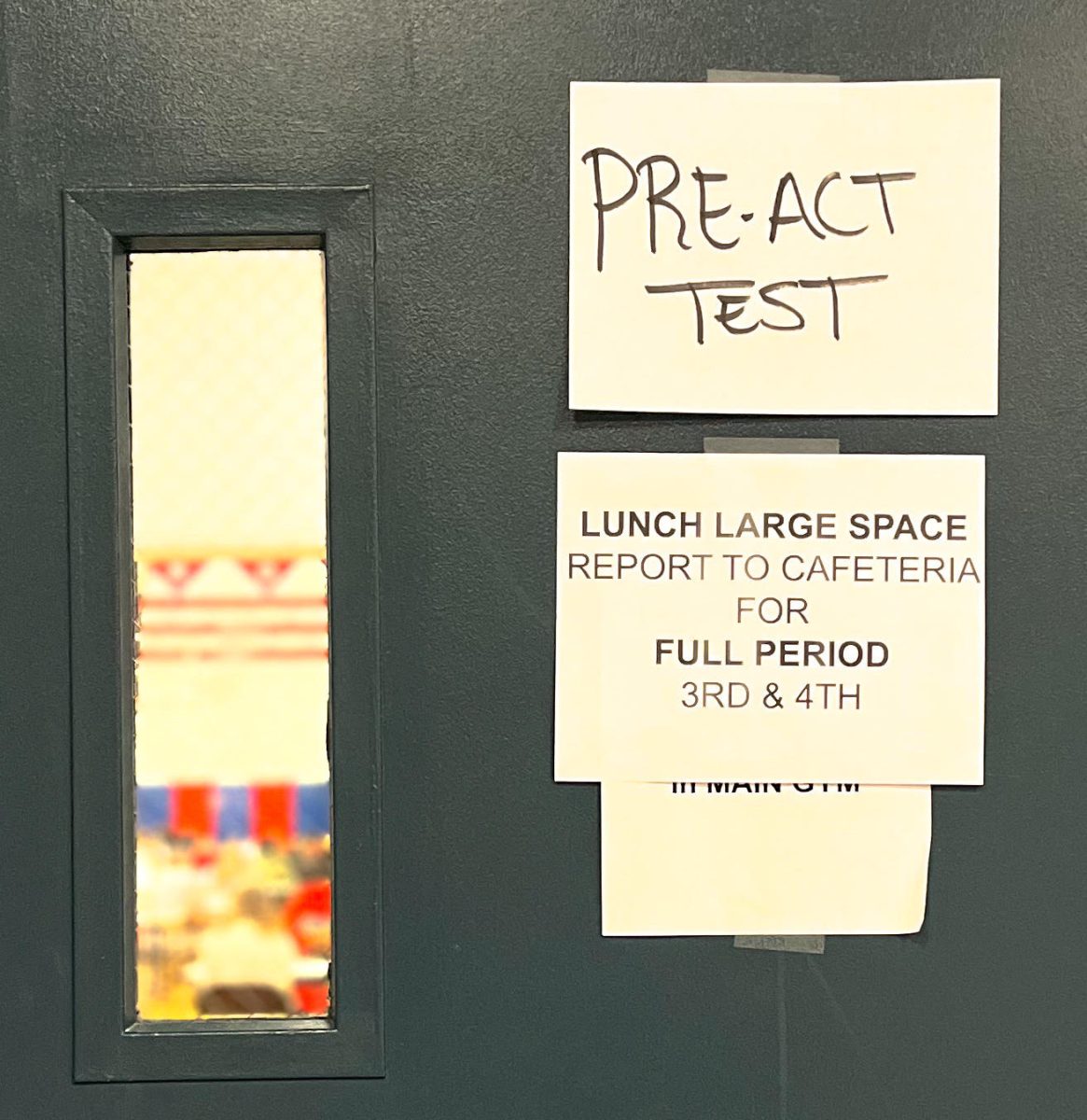The ACT and SAT are two acronyms that are known to make a high school student in the United States stomach turn. These standardized tests are taken from a teenager’s sophomore year of high school and are eligible to take it until their senior year. The scores themselves are used to determine what a student has learned throughout their high school education and what some argue, is overall intelligence. But, when COVID-19 struck, everything was flipped upside down. The matter of these tests was put under intense scrutiny, as many started to acknowledge they reflect socio-economic disparities.
It is well known that the ACT and SAT have become significant deterrents for students applying to colleges and universities in the US. The move toward test-optional admissions policies, accelerated by the pandemic, has increased the number of applications students submit to. Originally the SAT, developed by Princeton-based eugenicist Carl Brigham in the 1920s, was designed to measure innate intelligence, a controversial idea rooted in Brigham’s beliefs about race and immigration. The shift reflects growing skepticism in these exams, especially considering research showing that scores strongly correlate with family income and race.
Students from lower socioeconomic backgrounds often face significant disadvantages when it comes to applying to colleges, lacking access to the same opportunities that their wealthier peers have. Many claim that these tests are necessary for students who don’t have money to participate in outside activities that will give them an edge on college applications, such as sports, music, internships, acting, and travel. Yet this disparity extends to their education, as these students often attend underfunded schools that lack regulation or even proper education and cannot offer the same resources or opportunities as better-funded schools.
The SAT and ACT which are often touted as a way for these underprivileged students to stand out, instead exacerbate inequalities. This is directly shown through the extensive test prep that wealthier students can access. Students from less privileged backgrounds often lack the education and financial means to prepare for these exams, putting them at a direct disadvantage in the college admissions process.
“I had intense study help from a tutor to increase my score, without her help, I wouldn’t have had a good enough score to submit to any of the colleges I was looking into.” Student Ava Stotzer stated.
School counselors have widely praised the shift to test-optional policies. Not only due to the help it granted to lower income schools but also because it has greatly helped to remove a load of stress off of students who deal with either mental illnesses or generally are experiencing stress from the gravity of these exams. These exams create a huge amount of pressure, causing students who are gifted and smart to often do poorly. Physical symptoms can also be a result of testing anxiety, such as racing heart rate, headaches, stomach aches, and other symptoms that can disrupt someone from performing their best on a test.
“People berated me for my test score, I felt like I had become worth nothing more than a number on a test.” Senior Hadley Trueman said.
There are a multitude of unrealistic expectations many students experience, which as shown can be from peers, parents, and even themselves.
The removal of mandatory submissions of both the ACT and SAT has helped to level the playing field. Giving students who come from underfunded backgrounds a better chance to gain admission. Or even students who struggle with mental illness or simply just the pressure of the outside world around them. Yet organizations continue to recognize and acknowledge these struggles. And that wealthier, white students tend to perform better. Yet, they argue that these tests simply reflect existing inequalities in the education system, rather than causing them. However, if this inequality did not exist there would be nothing to reflect. These tests highlight inequality and are the main cause of it. So the question remains, why are we still using them? It’s time to reconsider the value these tests have and the cycle of education disparity they continue to create– especially when alternatives and test-optional policies have proven to benefit those who are at a disadvantage.


























